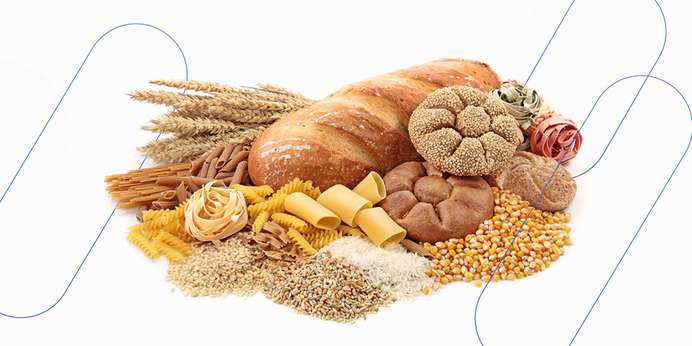
With grain as one of the most important foods in the world, raw grain manufacturing and production are key to keeping people fed. It's imperative that your raw grain samples are consistent and well-controlled to fit consumer needs. Color measurement is one process you can use to maintain this control.

